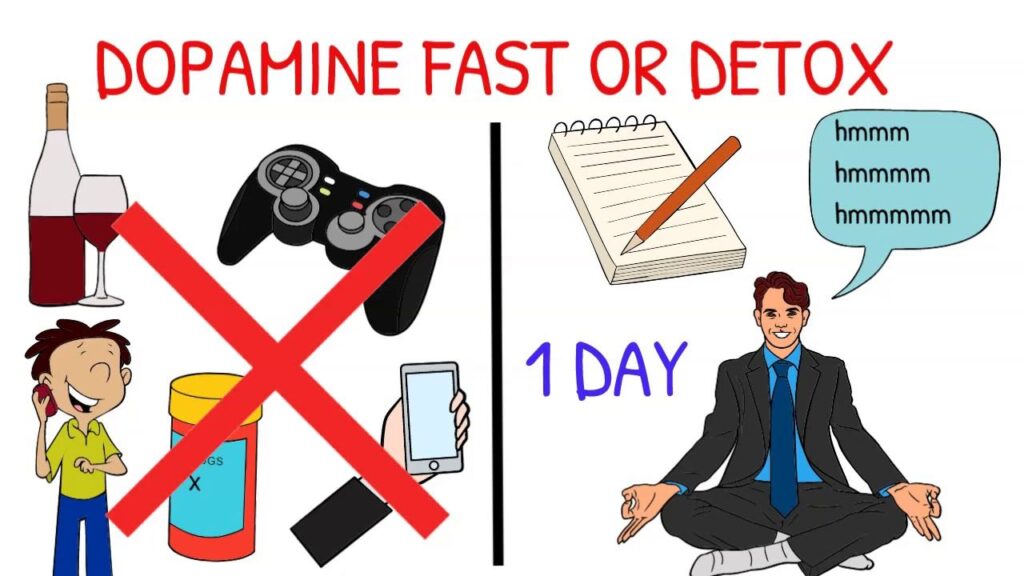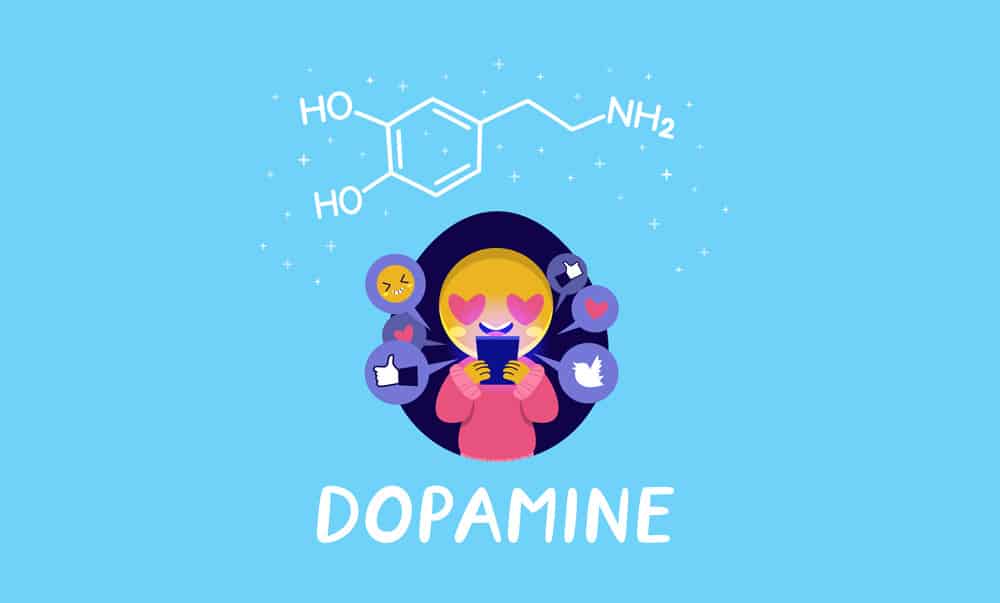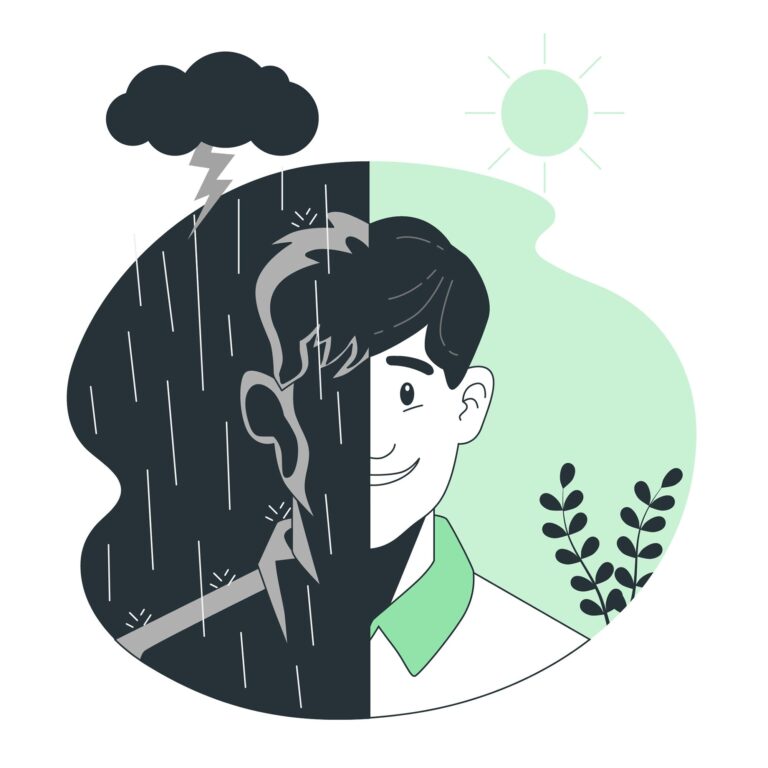The Science Behind Dopamine and Addiction

Introduction
Dopamine, mostly known as the “Feel-good Neurotransmitter,” plays a key role in shaping our experiences regarding motivation, reward, pleasure, and learning. Nevertheless, beneath its many positive impacts lies a darker side intricately connected to the multifaceted world of addiction. This blog article explores the science behind dopamine and addiction, unraveling the neurochemical dance that entangles millions globally.
The Dopaminergic Pathway: Unveiling the Players
Dopamine, which is a neurotransmitter, is released by nerve cells. They send signals to other nerve cells operating within a complex neural network. According to a study by Lewis et al. (2021), dopamine’s primary circuit, the mesolimbic pathway, is known as the brain’s “reward system.” This pathway encompasses three main players: the nucleus accumbens, the ventral tegmental area (VTA), and the prefrontal cortex.
When an individual does an activity that promotes survival or pleasure, including interacting with friends and eating chocolate, the dopamine pathway is activated and later floods the brain with dopamine. Once such occurs, this leads to a feeling of pleasure or satisfaction.

The Pleasure Principle and Dopamine Release
From the above explanation, the central principle underlying dopamine’s role when it comes to “addiction” is the pleasure principle. Why do people keep on engaging in risky sexual behaviors? The answer is the pleasure principle they experience after the act.
When we engage in an act and experience something pleasurable, our brains release dopamine. Once the dopamine is released, it creates a “feel good” experience, reinforcing the desire to keep repeating the act. In essence, dopamine is a powerful motivator, encouraging us to pursue various activities that promote our well-being.
The Role of Dopamine in Addiction
In an addiction context, repeated exposure to various addictive substances or behaviors results in a surge of dopamine release that surpasses the natural rewards. Unfortunately, this hyperstimulation desensitizes the brain’s reward system over and over. In such a case, for us to experience the euphoria, progressively larger doses are required to attain the same level of pleasure.
In addition, addiction is not exclusively about experiencing pleasure. On the contrary, it is the anticipation and craving and anticipation. As per the Lewis et al. (2021) study, it is evident that it is cue-induced dopamine release that plays a key role here.
For people who abuse heroin, for example, even the sight of a syringe may trigger dopamine release before the substance or behavior is encountered. When such occurs, it creates a powerful desire or craving, connecting the cue with the enjoyable experience.
Neuroplasticity and the Dark Side of Adaptation
Apart from dopamine, the brain’s neuroplasticity is another key player in addiction. In this case, neuroplasticity refers to the brain’s extraordinary ability to rewire itself in response to various experiences.
Hammond et al. (2014) state that repeated exposure to addictive substances and behaviors induces structural and functional brain changes. When such occurs over time, the brain tends to adapt to the excessive dopamine stimulation by reducing dopamine receptor production, adversely diminishing the system’s sensitivity.
With the above effects, it becomes challenging for an individual struggling with addiction to enjoy pleasure and satisfaction through natural rewards. In such a case, activities that were once enjoyed, including dancing, are compared to the intense rush offered by addictive substances or behaviors. This drives a vicious cycle of seeking out the addictive stimulus to alleviate the growing sense of emptiness and dysphoria, which later leads to addiction.
Breaking the Chains: Treatment and Hope
From the above exploration, grasping the complex link between dopamine and addiction results in effective treatment pathways. When dealing with behavioral or addiction issues, behavioral therapies, including cognitive-behavioral therapy (CBT), aim to reshape the client’s thought patterns and behaviors linked with the addiction.
Apart from behavioral therapies, medications such as methadone that are used for opioid addiction work towards stabilizing dopamine levels as well as reducing withdrawal symptoms.
In addition, neuroplasticity can also be harnessed for recovery. With medications and psychotherapy, the brain’s adaptability allows it to gradually regain its balance over time, as long as the addictive stimulus is removed. The above rewiring process is enabled by engaging in healthy, rewarding activities that progressively restore the brain’s sensitivity to natural rewards.
Conclusion
In summary, dopamine, the master conductor of our brain’s symphony, orchestrates both the heights of human pleasure and the depths of addiction’s despair. By unraveling the science behind dopamine and addiction, psychologists and people dealing with addiction gain innovative treatment strategies as well as a glimmer of hope toward recovery.






